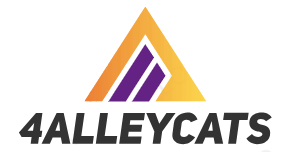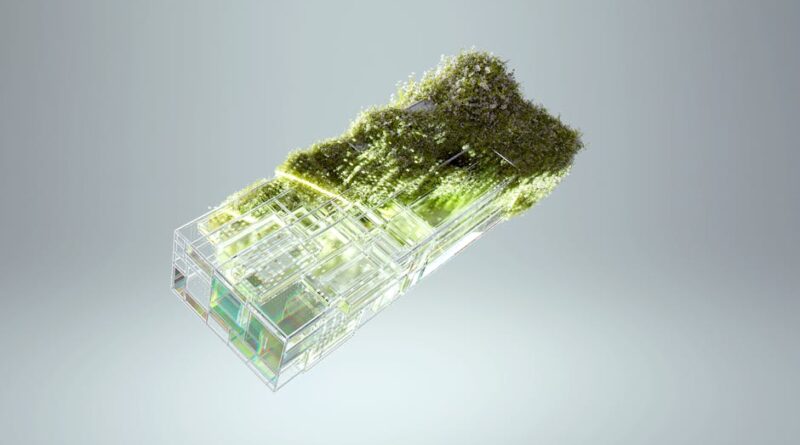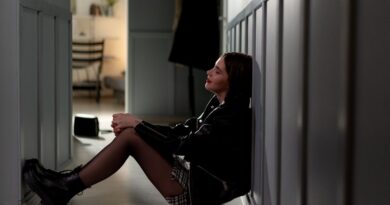Digital Art Integration: Exploring the Fusion of Technology and Creativity
Welcome to the exciting world of digital art integration, where technology and creativity converge to redefine the boundaries of artistic expression. In today’s digital age, artists are harnessing the power of digital tools to create innovative works that push the limits of imagination. From digital painting and graphic design to interactive installations and virtual reality experiences, the possibilities are endless. In this comprehensive guide, we will delve into the intricacies of digital art integration, exploring its history, applications, and future implications.
The Evolution of Digital Art
Digital art has its roots in the early days of computing, with pioneers like Harold Cohen and Vera Molnar experimenting with algorithmic art in the 1960s. The advent of personal computers in the 1980s democratized digital art, allowing artists to explore new mediums and techniques. Today, digital art encompasses a wide range of disciplines, including 2D and 3D digital painting, animation, motion graphics, and digital sculpture.
One of the key developments in digital art integration is the rise of digital drawing tablets and software such as Adobe Photoshop and Procreate, which enable artists to create intricate works with precision and ease. Digital art has also found a home in the world of video games and animation, with studios like Pixar and Studio Ghibli pushing the boundaries of visual storytelling.
Interactive Installations and New Media Art
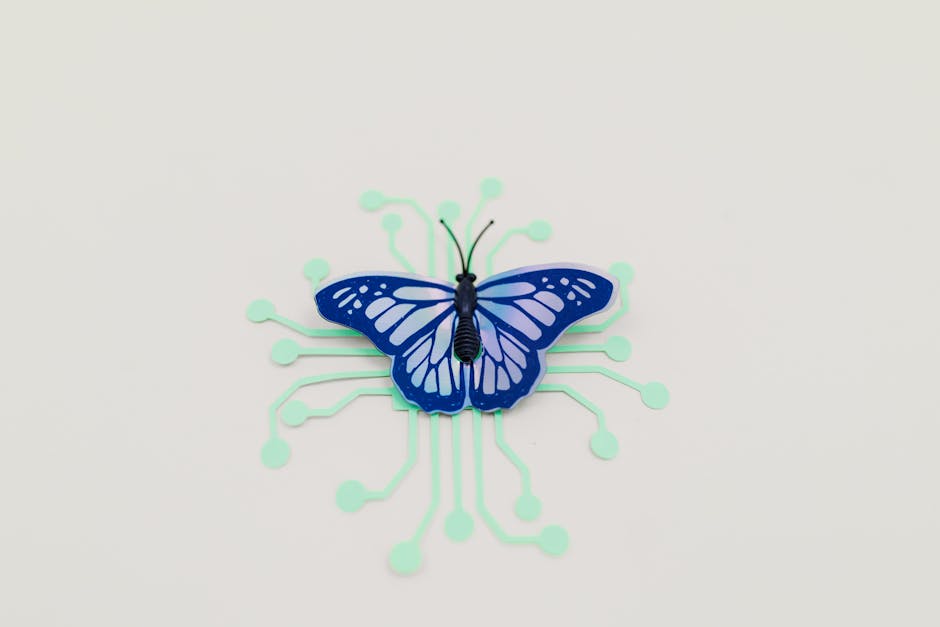
By Tara Winstead via Pexels
Interactive installations and new media art represent a dynamic and experimental approach to digital art integration. Artists are using technology such as sensors, cameras, and projection mapping to create immersive experiences that engage the viewer on a sensory level. These interactive artworks blur the lines between the physical and digital worlds, inviting audiences to participate in the creative process.
One notable example of interactive art is Rafael Lozano-Hemmer’s “Pulse Room,” where the audience’s heartbeat controls the intensity of light bulbs in a room. This fusion of technology and art creates a mesmerizing experience that challenges traditional notions of spectatorship and authorship.
Virtual Reality and Augmented Reality
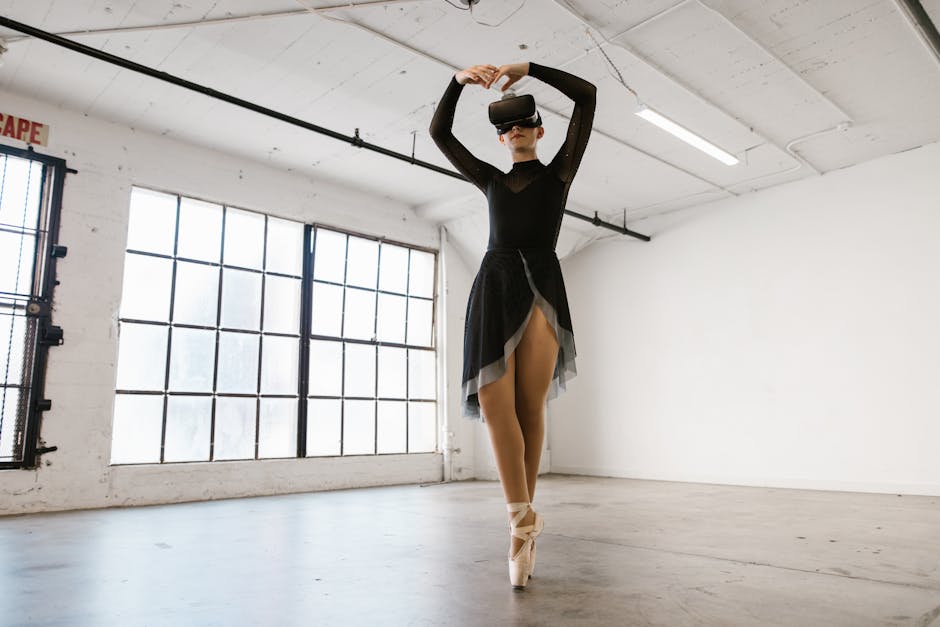
By RDNE Stock project via Pexels
Virtual reality (VR) and augmented reality (AR) have revolutionized the way we experience art, offering immersive and interactive environments that transport us to new worlds. Artists are using VR headsets and AR applications to create digital sculptures, paintings, and installations that can be viewed and interacted with in a virtual space.
One of the pioneering artists in VR art is Laurie Anderson, whose piece “Chalkroom” invites viewers to explore a fantastical world made entirely of words. By donning a VR headset, audiences can navigate this virtual space and uncover hidden narratives, blurring the boundaries between reality and fiction.
Digital Art in Social Media and Online Platforms
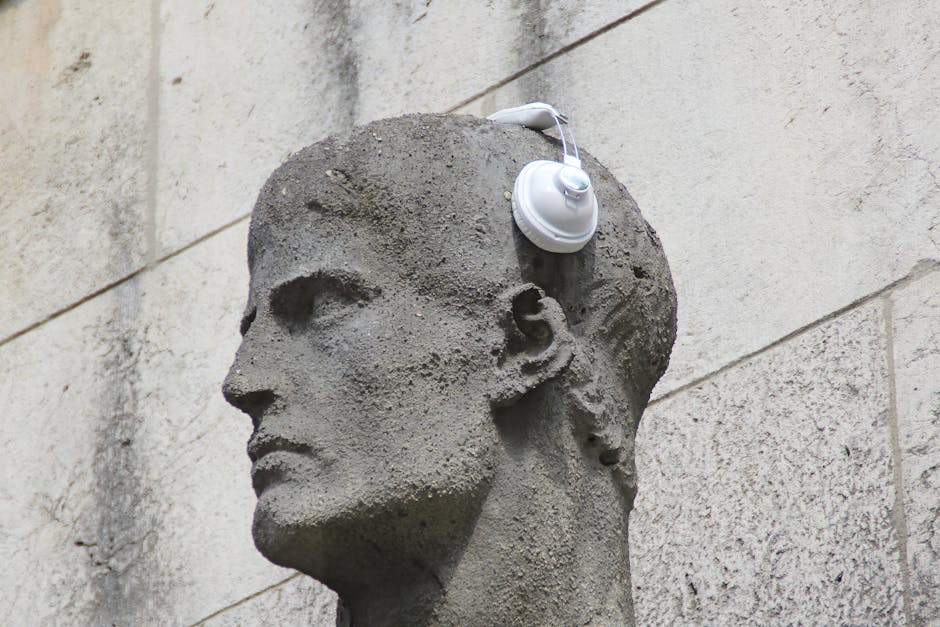
By Michaela St via Pexels
Social media platforms like Instagram, TikTok, and Pinterest have become virtual galleries for digital artists to showcase their work and connect with a global audience. Artists are leveraging the power of social media algorithms and hashtags to reach new followers and collaborate with other creatives.
One of the most prominent digital artists on Instagram is Beeple, whose daily digital art series has gained a massive following and attracted the attention of major brands and galleries. Through his innovative use of 3D modeling and animation, Beeple has redefined the concept of digital art and its commercial potential.
The Future of Digital Art Integration
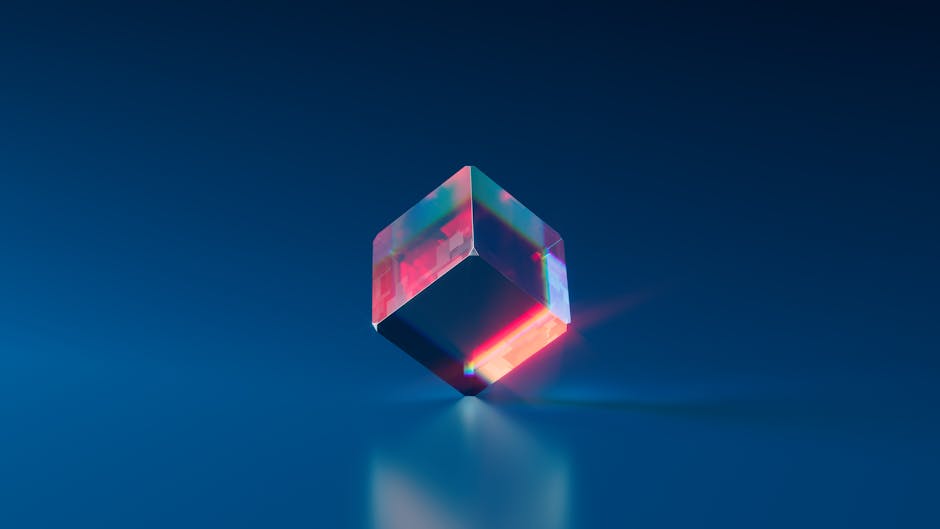
By Rostislav Uzunov via Pexels
As technology continues to advance, the possibilities for digital art integration are limitless. Artists are exploring cutting-edge technologies such as artificial intelligence, machine learning, and blockchain to create works that challenge our perceptions of reality and identity. The rise of NFTs (non-fungible tokens) has also opened up new avenues for artists to monetize their digital creations and establish ownership in the digital realm.
One of the emerging trends in digital art integration is generative art, where artists use algorithms and code to produce dynamic and ever-evolving artworks. These generative systems create art that is constantly changing and responding to external stimuli, blurring the lines between the artist’s intention and the viewer’s interpretation.
Expert Opinions
According to digital artist and educator Casey Reas, “Digital art integration represents a paradigm shift in the way we create and consume art. By embracing technology and collaboration, artists can push the boundaries of creativity and connect with audiences in new and exciting ways.”
Art historian and curator Sarah Cook adds, “Digital art integration challenges traditional notions of artistry and authorship, inviting us to rethink the relationship between the artist, the artwork, and the audience. The democratization of digital tools and platforms has empowered a new generation of artists to explore innovative forms of expression.”
Common Misconceptions
One common misconception about digital art integration is that it is less authentic or valuable than traditional art forms. However, digital art is a legitimate medium of artistic expression that requires skill, creativity, and technical expertise. Artists working in the digital realm are constantly pushing the boundaries of what is possible, creating works that resonate with audiences around the world.
[IMAGE: Digital art exhibition in a gallery (Digital Art Misconceptions)]
Conclusion
To wrap things up, digital art integration represents a groundbreaking fusion of technology and creativity that is reshaping the landscape of contemporary art. From interactive installations and virtual reality experiences to social media platforms and generative art, the possibilities for digital art are endless. By harnessing the power of digital tools and platforms, artists can create innovative works that challenge our perceptions and expand our horizons.
As we look to the future, the role of digital art integration will only continue to grow, offering new opportunities for artists to experiment, collaborate, and connect with audiences in new and exciting ways. Whether you are a seasoned digital artist or a curious newcomer, the world of digital art integration invites you to explore, create, and imagine without limits.
